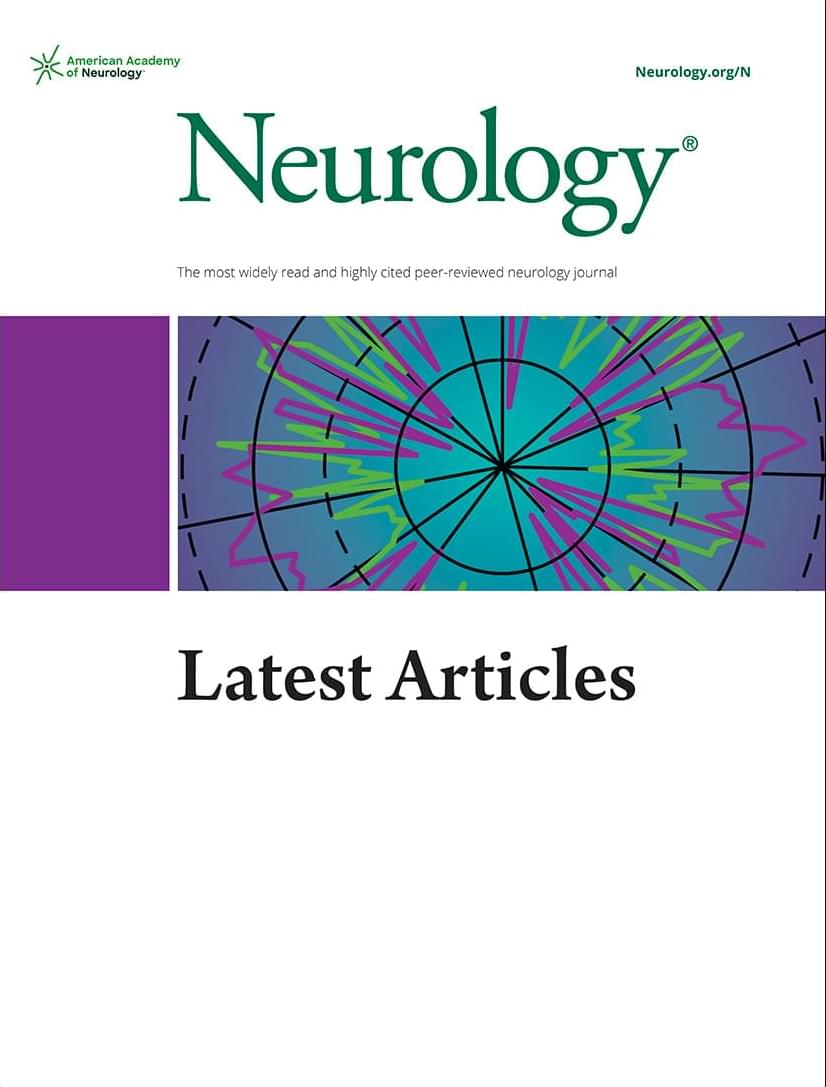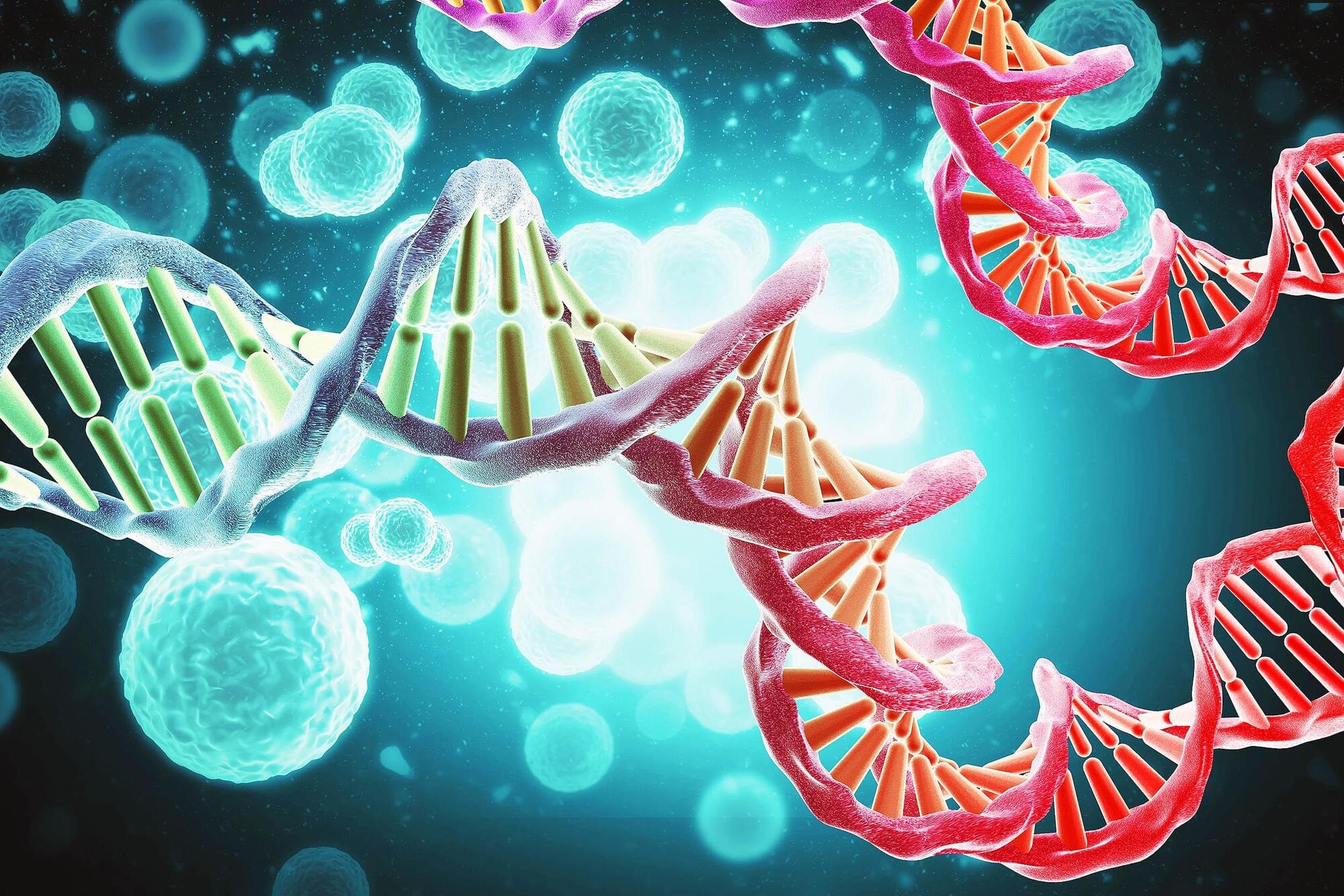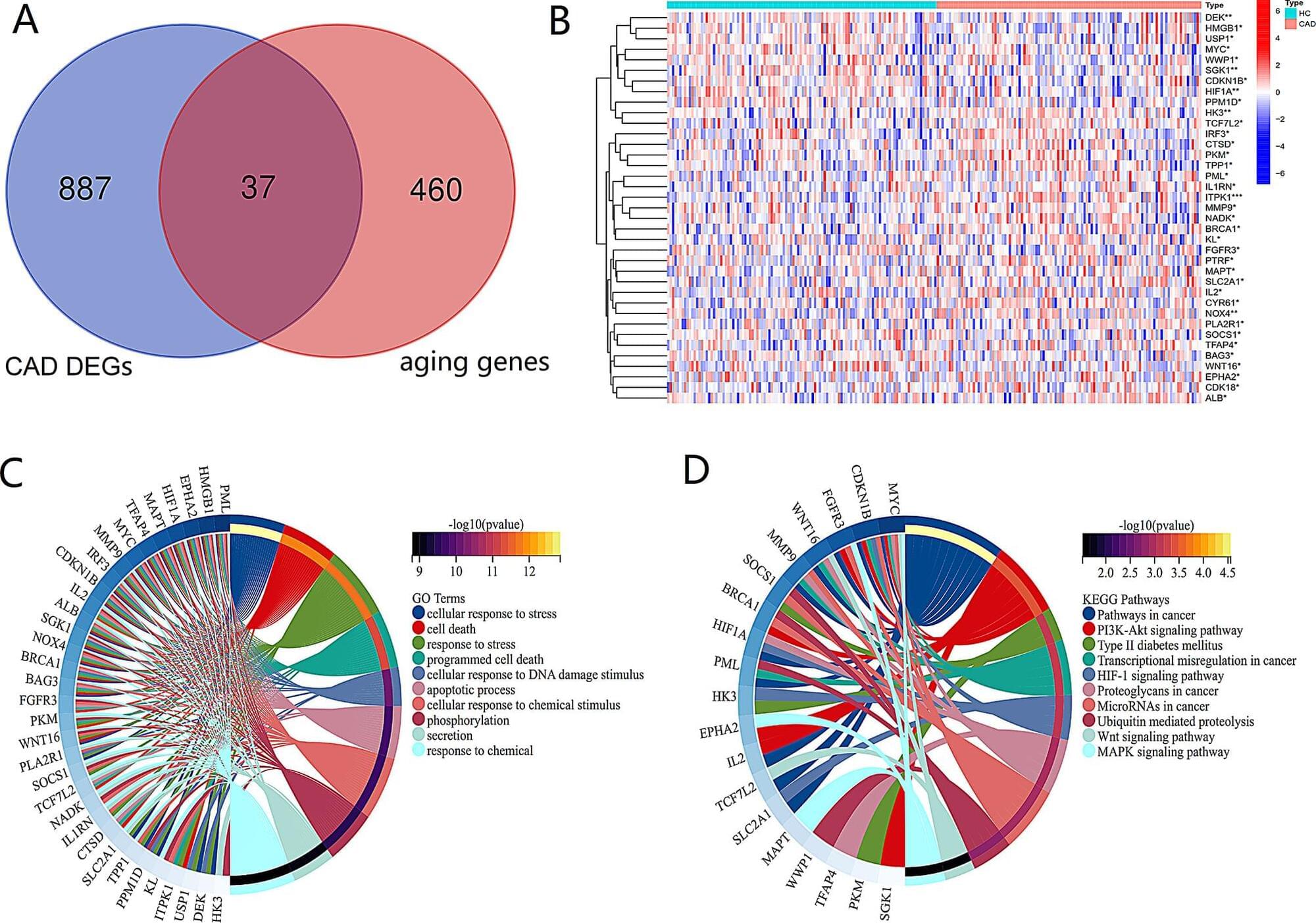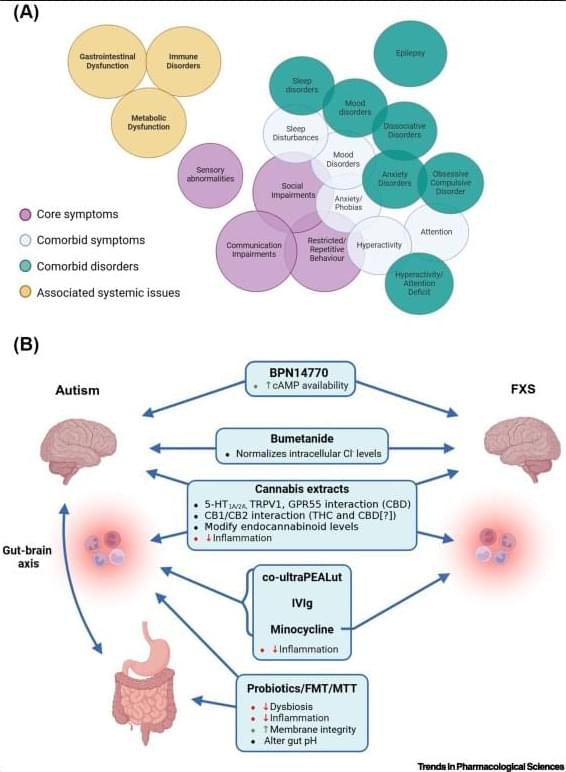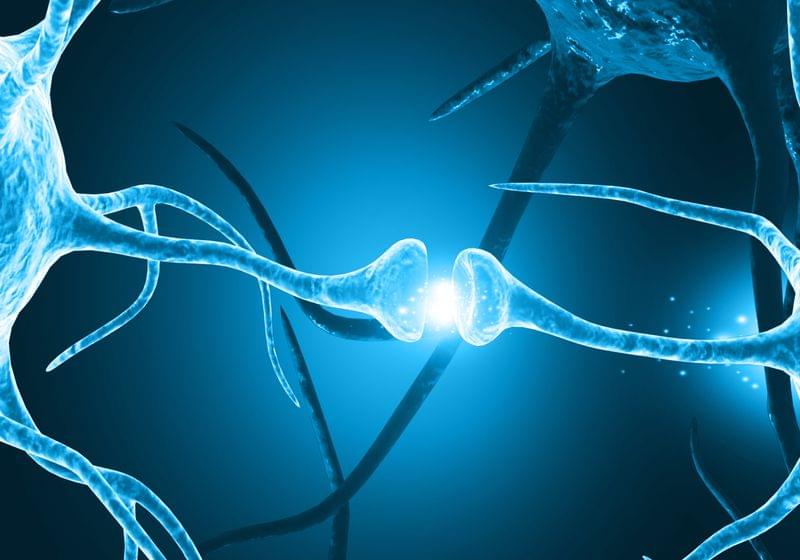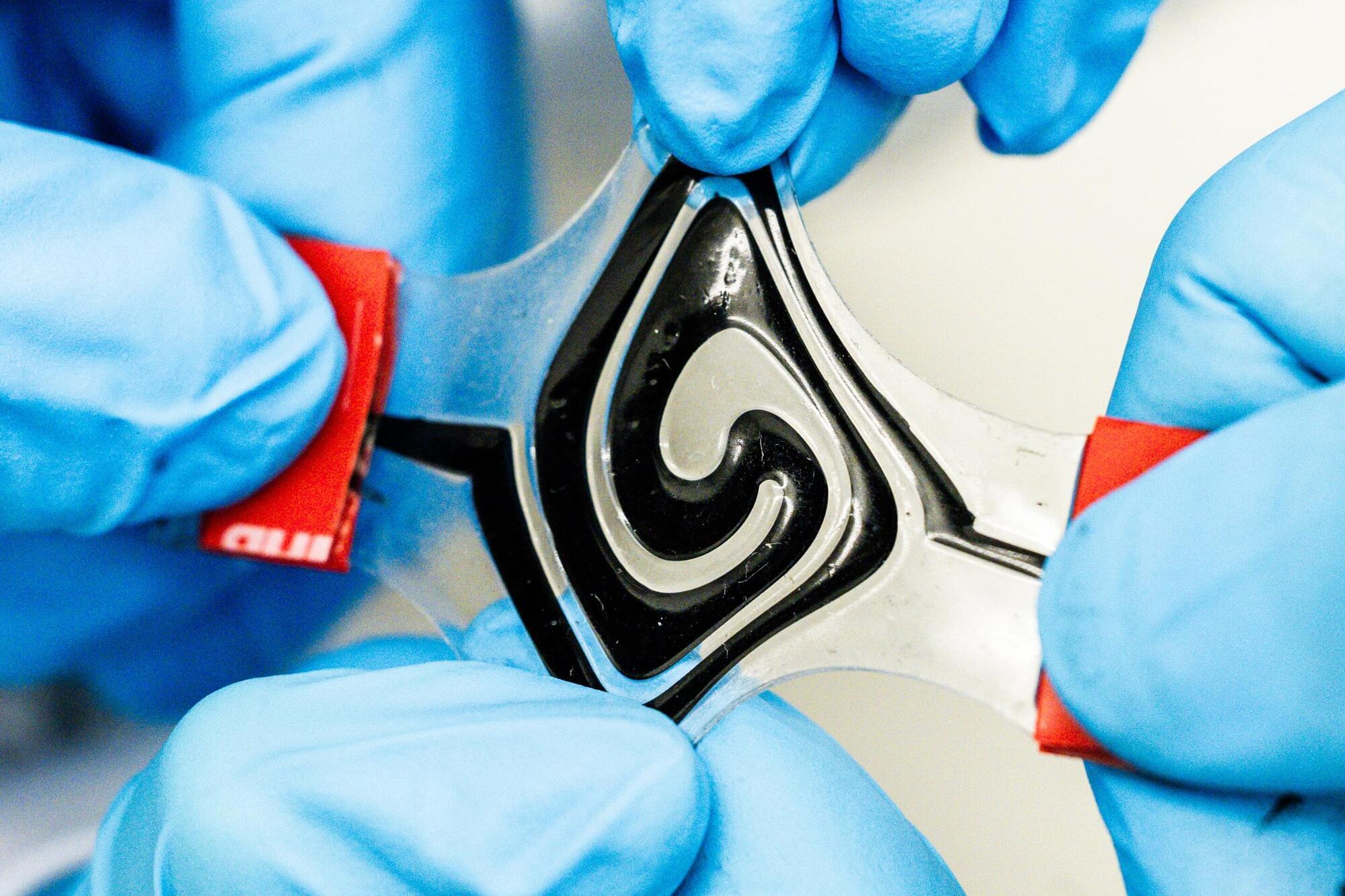Adeno-associated virus (AAV) has emerged as a leading platform for gene therapy, enabling the delivery of therapeutic DNA to target cells. However, the potential of AAV to deliver protein payloads has been unexplored. In this study, we engineered a protein carrier AAV (pcAAV) to package and deliver proteins by inserting binding domains on the interior capsid surface. These binding domains mediate the packaging of specific target proteins through interaction with cognate peptides or protein tags during the capsid assembly process. We demonstrate the packaging of multiple proteins, including green fluorescent protein, Streptococcus pyogenes Cas9, Cre recombinase, and the engineered peroxidase APEX2. Packaging efficiency is modulated by the binding domain insertion site, the viral protein isoform containing the binding domain, and the subcellular localization of the target protein. We show that pcAAV can enter cells and deliver the protein payload and that enzymes retain their activity after packaging. Importantly, this protein packaging capability can be translated to multiple AAV serotypes. Our work establishes AAV as a protein delivery vehicle, significantly expanding the utility of this viral vector for biomedical applications.

